Complimentary worldwide shipping on orders over $400 · No import tariffs for most countries
Complimentary worldwide shipping on orders over $400 · No import tariffs for most countries
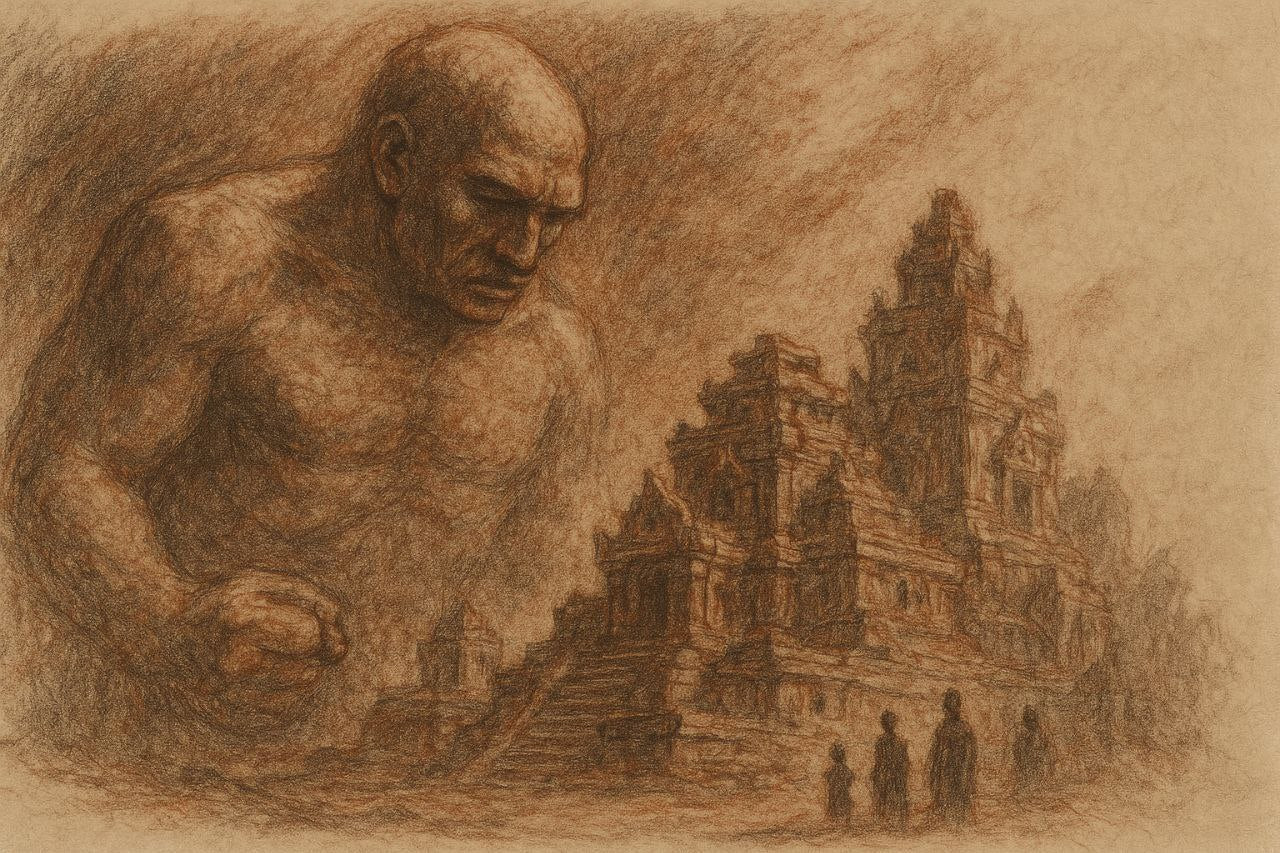
The Giant of Phnom Bakheng: A Legend in Stone and Shadow
2 min read
—a poem by Lucas Varro
Beneath the gold-flared skies of dusk,
Where Phnom Bakheng crowns the hill like a lotus in bloom,
There lingers an ancient breath —
The tale of a giant, carved not of flesh, but of fate.
Long ago, when Angkor was young
And the gods still whispered in the leaves,
There rose a mountain shaped by hands unseen,
A sacred spine aligned with stars.
Yasovarman, lion-king of the earth,
Raised his temple to the heavens —
A mandala of sandstone steps,
Each block a hymn, each lintel a prayer.
But deep within the hill’s dreaming bones,
Something stirred.
A giant, they say, older than time,
Slept in the rock —
A titan bound by ancient law,
Whose heart beat once every thousand years.
His name was never spoken,
For names give shape to shadows.
He was might, he was memory,
He was the price of ambition carved too deep.
When the temple rose and pierced the veil,
The stars no longer turned in peace.
A tremor echoed through the hill,
And eyes of flame flickered in the night.
He came not with rage but sorrow,
For he had once walked the earth,
And loved its hills and rivers —
Before kings forgot to bow to sky and soil.
He climbed the terraces in silence,
His footfalls thunder, his breath a storm.
But when he reached the temple's crown,
He did not strike.
He only wept.
For he saw the world had changed:
The jungle wept with stone,
The gods had grown small and still,
And men had sealed the stars in towers.
Then, with a voice like shifting monsoon winds,
He spoke:
"Build your kingdom high, O kings of dust,
But know—each step taken skyward
Brings you nearer to the roots of ruin.”
And with that, he turned to mist,
Or so the elders say,
Folding into twilight,
Waiting for the wheel to turn again.
Still today, if you climb Phnom Bakheng at sunset,
And the wind is right, and your heart is quiet,
You may feel the hill beneath your feet breathe—
And hear, not far beneath the stone,
The giant dreaming still.

Historical Notes
Phnom Bakheng is one of the oldest and most symbolically powerful temples in the Angkor region. Constructed in the late 9th to early 10th century by King Yasovarman I, it was dedicated to Shiva and built as a temple-mountain — a symbolic representation of Mount Meru, the sacred axis mundi in Hindu and Buddhist cosmology.
- The temple sits atop a natural hill, carefully chosen for its alignment with the cardinal directions and celestial events.
- Phnom Bakheng once featured 108 towers arranged in precise tiers — a sacred number reflecting lunar cycles and cosmological harmony.
- The hill and temple together symbolised divine order and royal legitimacy, anchoring the capital city of Yasodharapura.
The legend of a giant sleeping beneath Phnom Bakheng is not found in classical inscriptions, but is part of Khmer oral tradition, shaped over centuries. It reflects deep cultural reverence for sacred geography and the belief that ancient monuments are alive — inhabited by spirits, deities, and ancestral powers.
Such myths often express symbolic truths: the giant is a guardian spirit, perhaps even a warning figure, whose sorrow embodies the hubris of kings and the impermanence of empires. The juxtaposition of temple-building and cosmic disruption resonates with Angkor’s eventual decline and nature’s quiet reclamation of stone.
Also in Library
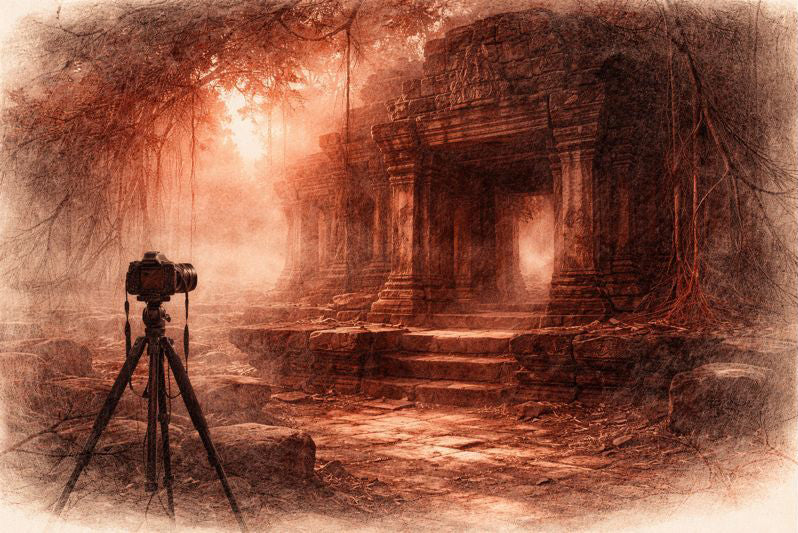
Before the Shutter Falls
3 min read
Before the shutter falls, fear sharpens and doubt measures the cost of waiting. In the quiet hours before dawn, the act of not-yet-beginning becomes a discipline of attention. This essay reflects on patience, restraint, and the quiet mercy that arrives when outcome loosens its hold.
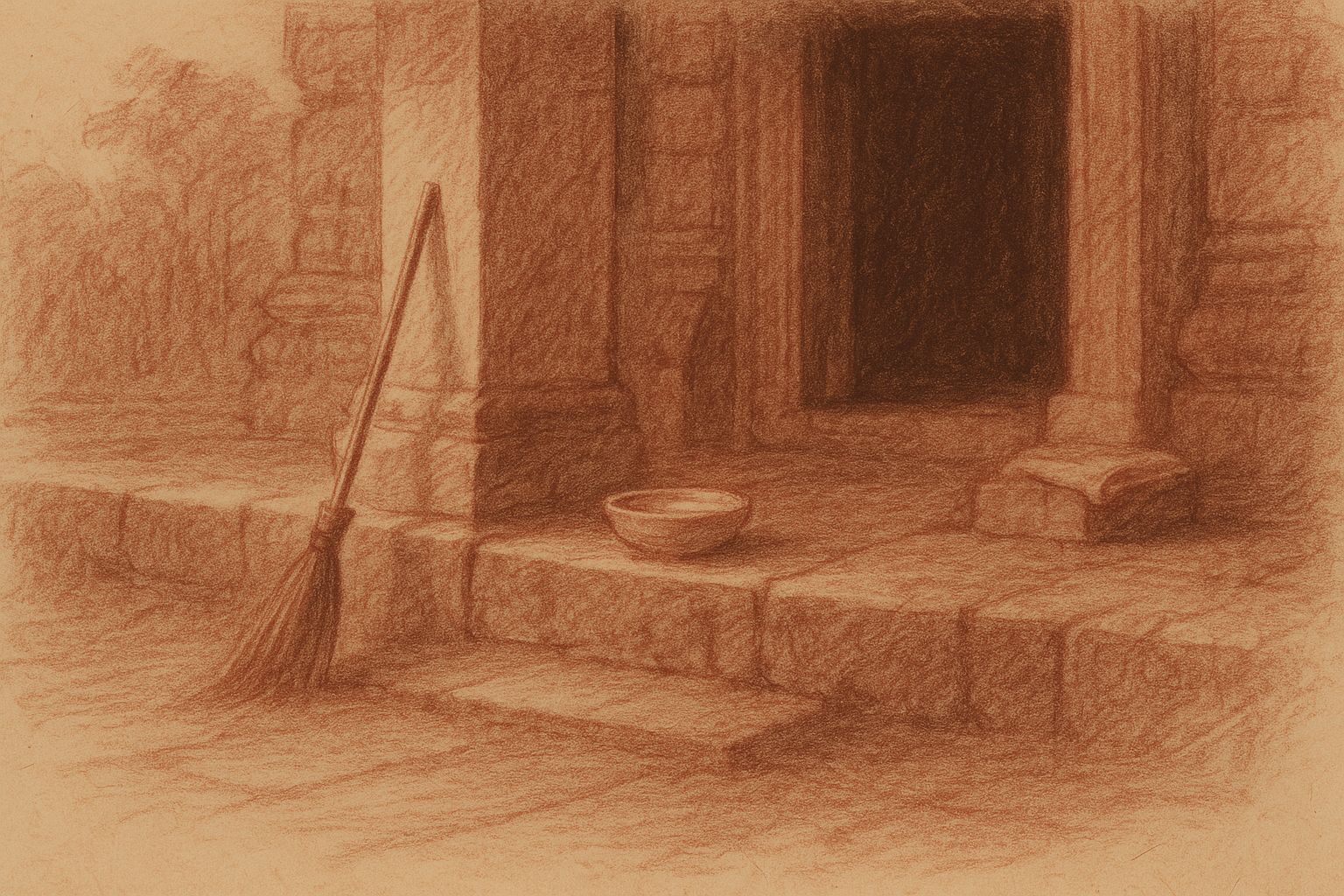
Those Who Keep the Way Open — On the Quiet Guardians of Angkor’s Thresholds
3 min read
Quiet gestures shape the way into Angkor — a swept stone, a refilled bowl, a hand steadying a guardian lion. This essay reflects on the unseen custodians whose daily care keeps the thresholds open, revealing how sacredness endures not through stone alone, but through those who tend its meaning.
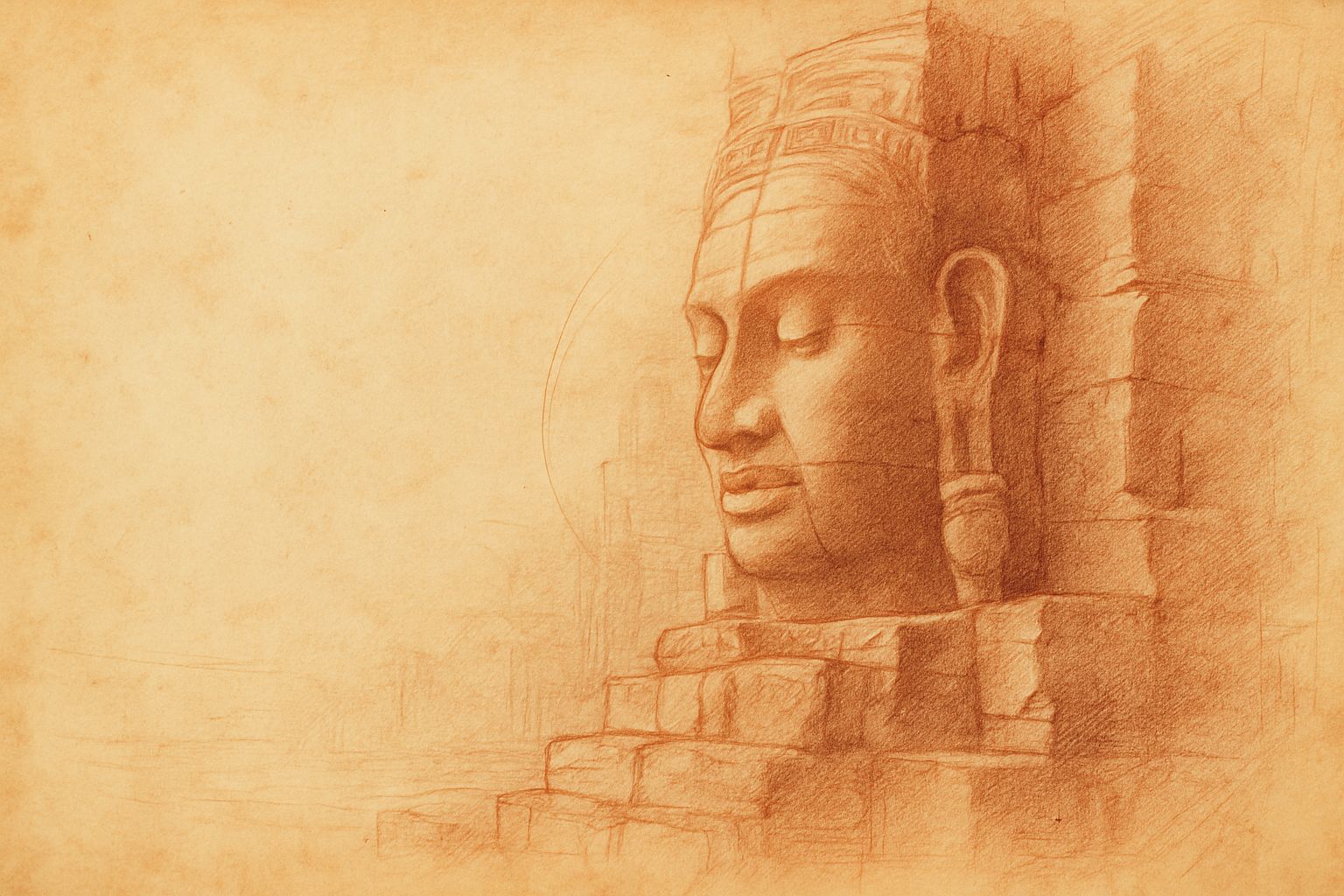
Multiplicity and Mercy — The Face Towers of Jayavarman VII
5 min read
A new vision of kingship rises at the Bayon: serene faces turned to every horizon, shaping a world where authority is expressed as care. Moving through the terraces, one enters a field of steady, compassionate presence — a landscape where stone, light, and time teach through quiet attention.
Join My Studio Journal
Receive occasional letters from my studio in Siem Reap—offering a glimpse into my creative process, early access to new fine art prints, field notes from the temples of Angkor, exhibition announcements, and reflections on beauty, impermanence, and the spirit of place.
No noise. No clutter. Just quiet inspiration, delivered gently.
Subscribe and stay connected to the unfolding story.
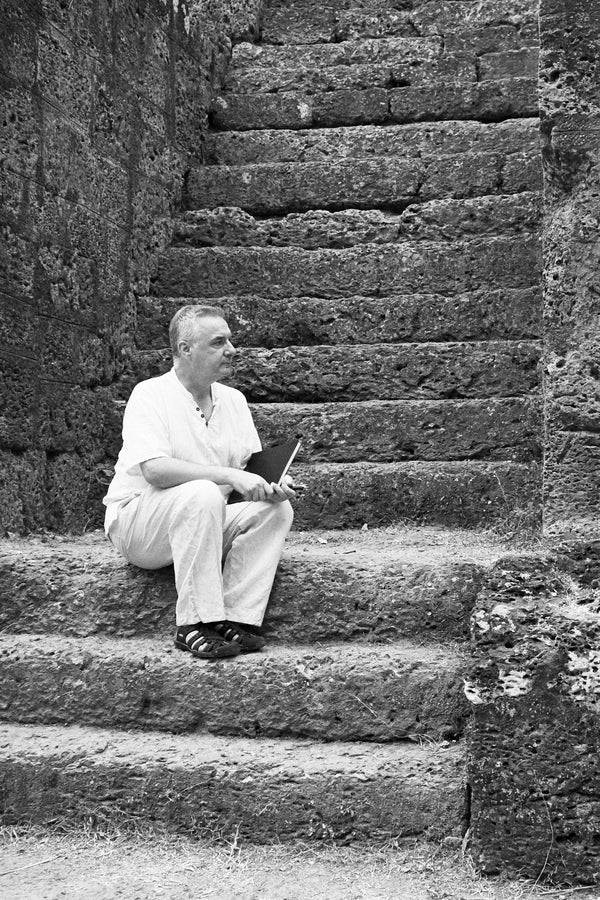
Join My Studio Journal
Receive occasional letters from my studio in Siem Reap—offering a glimpse into my creative process, early access to new fine art prints, field notes from the temples of Angkor, exhibition announcements, and reflections on beauty, impermanence, and the spirit of place.
No noise. No clutter. Just quiet inspiration, delivered gently.
Subscribe and stay connected to the unfolding story.
